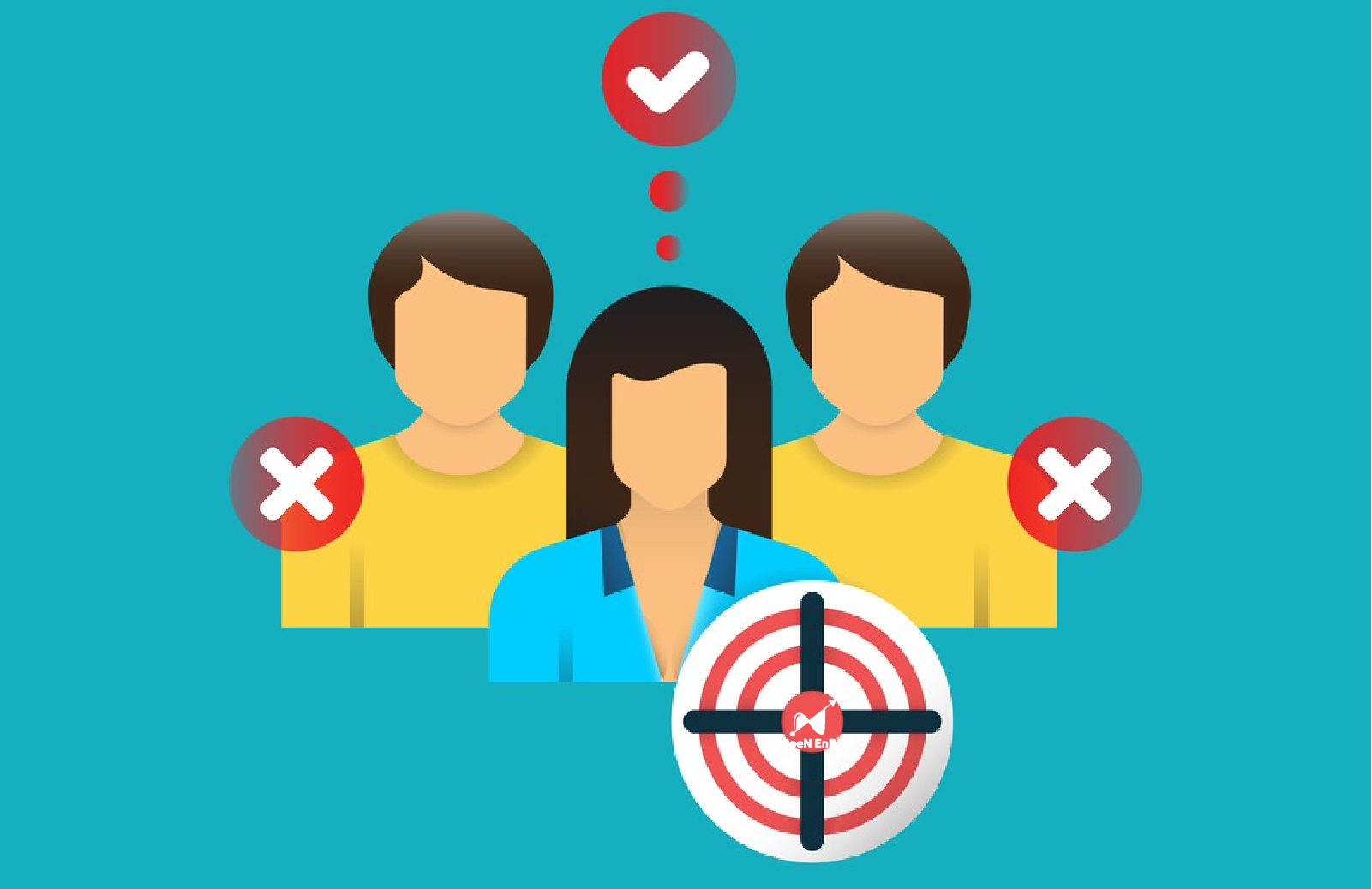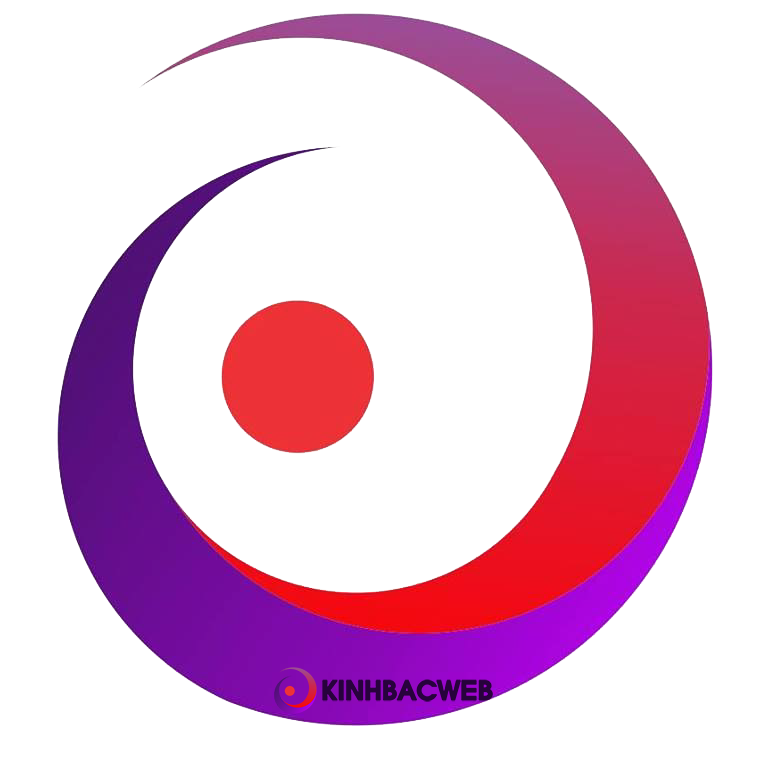[Xác định chân dung khách hàng mục tiêu như thế nào]

Executive Summary

Understanding your target audience is paramount to the success of any business. This article provides a comprehensive guide to effectively defining your ideal customer profile (ICP), encompassing key methods and crucial considerations. We will delve into practical strategies for identifying and profiling your customers, enabling you to optimize marketing efforts, personalize messaging, and ultimately, boost sales and revenue. By the end, you’ll have a clear roadmap for creating a powerful and profitable customer-centric approach. This isn’t just about gathering data; it’s about truly understanding your customers’ needs, motivations, and pain points – and leveraging that knowledge to build stronger relationships and drive sustainable growth.

Introduction
Defining your ideal customer is more than just guessing who might buy your product. It’s about building a detailed persona that reflects the characteristics, behaviors, and motivations of your most profitable customers. This involves meticulous research and analysis, moving beyond demographics to delve into psychographics, pain points, and aspirations. A well-defined customer profile ensures your marketing and sales efforts are focused, efficient, and highly effective, ultimately leading to increased conversion rates and a stronger bottom line.
Frequently Asked Questions
Q1: What’s the difference between a customer persona and a target audience?
A1: While often used interchangeably, there’s a subtle difference. A target audience is a broader group sharing common characteristics. A customer persona is a detailed representation of one individual within that target audience, embodying their specific needs, pain points, and motivations. Think of the persona as a fictional representation of your ideal customer, bringing your target audience to life.
Q2: How often should I update my customer personas?
A2: Your customer personas shouldn’t be static. Regularly review and update them at least annually, or even more frequently if you experience significant changes in your market, product offerings, or customer behavior. Monitor market trends, customer feedback, and sales data to ensure your personas remain accurate and relevant.
Q3: What if I have multiple target audiences?
A3: Many businesses cater to multiple audiences. In such cases, create separate customer personas for each significant segment. This allows for tailored marketing and messaging, optimizing your approach for each specific group. Don’t try to create a “one-size-fits-all” persona; instead, acknowledge the diversity of your customer base.
Market Research and Data Analysis
Understanding the market landscape is fundamental. This goes beyond simple demographic analysis; it involves deep dives into industry trends, competitive analysis, and the identification of unmet needs.
- Competitive Analysis: Identify your main competitors and analyze their marketing strategies, target audiences, and customer reviews. What are they doing well? What are their weaknesses? This provides valuable insights into market dynamics and potential opportunities.
- Industry Trends: Stay updated on the latest industry news and trends using relevant publications, market research reports, and online resources. This helps you anticipate future needs and adapt your strategies proactively.
- Market Segmentation: Divide your overall market into smaller, more manageable segments based on shared characteristics. This allows for focused targeting and personalized messaging.
- SWOT Analysis: Conduct a comprehensive SWOT analysis (Strengths, Weaknesses, Opportunities, Threats) to assess your business’s position within the market. This provides a framework for understanding your competitive advantages and potential challenges.
- Customer Surveys: Collect feedback directly from your customers through surveys, questionnaires, and feedback forms. This provides valuable first-hand insights into their experiences, preferences, and needs.
Analyzing Existing Customer Data
Your existing customer base is a goldmine of information. Analyzing their purchasing history, website behavior, and interaction data reveals patterns and insights that inform your customer profiling efforts.
- CRM Data: Leverage your customer relationship management (CRM) system to extract valuable information on customer demographics, purchase history, interaction history, and support tickets. This provides a wealth of data for analysis.
- Website Analytics: Utilize website analytics tools (like Google Analytics) to track website traffic, user behavior, and popular content. This reveals which aspects of your website resonate most with your customers.
- Social Media Listening: Monitor social media mentions and conversations about your brand and industry. This provides insight into customer sentiment, opinions, and unmet needs.
- Sales Data: Analyze your sales data to identify your highest-value customers and the products or services they purchase most frequently. This helps you define your ideal customer profile.
- Customer Segmentation: Use data-driven approaches to segment your existing customer base into meaningful groups based on shared characteristics, behaviors, or purchasing habits.
Developing Detailed Customer Personas
Creating detailed customer personas involves transforming your data into actionable insights, resulting in vivid and relatable profiles. These personas aren’t just statistics; they are representations of real people with real needs and motivations.
- Demographic Data: Include key demographic information such as age, gender, location, education, occupation, and income.
- Psychographic Data: Delve into their values, beliefs, lifestyle, interests, and attitudes. This paints a richer picture of their motivations and decision-making processes.
- Pain Points: Identify their key challenges and frustrations. Understanding their pain points allows you to position your products or services as solutions.
- Goals and Aspirations: Determine their short-term and long-term goals and aspirations. This allows you to connect your offerings to their desired outcomes.
- Buying Behavior: Analyze their purchase patterns, preferred channels, and decision-making processes. This informs your marketing and sales strategies.
Using Customer Personas to Guide Marketing and Sales
Once you have developed comprehensive customer personas, utilize them to guide all aspects of your marketing and sales activities.
- Targeted Advertising: Tailor your advertising campaigns to resonate with the specific interests and needs of each persona.
- Content Marketing: Create content that addresses the pain points and aspirations of each persona.
- Sales Messaging: Craft sales messages that directly address the concerns and motivations of each persona.
- Product Development: Use customer insights to improve existing products and develop new ones that better meet customer needs.
- Customer Service: Provide personalized customer service that aligns with each persona’s expectations and preferences.
Conclusion
Defining your ideal customer profile is an iterative process, not a one-time project. It requires ongoing research, analysis, and adaptation. By diligently following the strategies outlined in this guide, you can develop a deep understanding of your target audience, allowing you to craft highly effective marketing campaigns, personalize your messaging, and ultimately achieve significant growth and success. Remember, the key is not just to know your customer, but to truly understand them. This understanding forms the bedrock of a successful and sustainable business. Invest time and resources in this crucial process, and you’ll reap the rewards for years to come. The more precisely you define your ideal customer, the more effectively you can reach them and convert them into loyal customers.
Keyword Tags
- Customer Persona
- Target Audience
- Market Research
- Customer Segmentation
- Marketing Strategy
